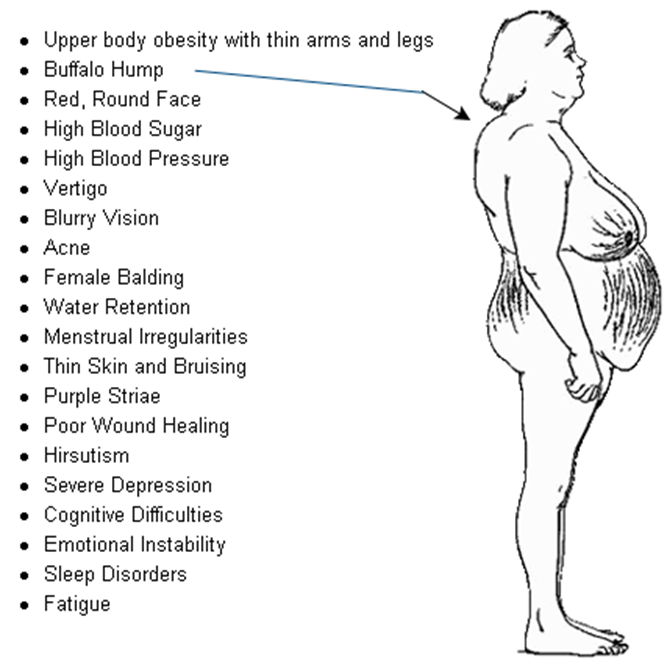A nurse is assessing a client diagnosed with peptic ulcer disease. Which of the following findings should the nurse identify as the priority?
Dyspepsia
Epigastric discomfort
Hematemesis
Epigastric pain
The Correct Answer is C
A. Dyspepsia:
Dyspepsia refers to discomfort or pain in the upper abdomen, often described as indigestion. It is a common symptom of peptic ulcer disease but is not as urgent as the manifestation described in option C.
B. Epigastric discomfort:
Epigastric discomfort is a common symptom of peptic ulcer disease, but the priority is to identify more severe complications, such as bleeding.
C. Hematemesis:
This is the correct answer. Hematemesis refers to the vomiting of blood, which is a serious and potentially life-threatening complication of peptic ulcer disease. It indicates active bleeding in the upper gastrointestinal tract and requires prompt medical attention.
D. Epigastric pain:
Epigastric pain is similar to epigastric discomfort and is a common symptom of peptic ulcer disease. However, the priority in the given options is to identify the more severe complication of hematemesis.
Nursing Test Bank
Naxlex Comprehensive Predictor Exams
Related Questions
Correct Answer is B
Explanation
A. Atorvastatin: Atorvastatin is a statin medication used to lower cholesterol levels. It is not known to cause glucose intolerance.
B. Prednisone: Prednisone is a corticosteroid and can cause glucose intolerance by increasing blood glucose levels. Corticosteroids can lead to insulin resistance, impaired glucose utilization, and increased gluconeogenesis.
C. Ranitidine: Ranitidine is an H2 receptor antagonist used to reduce stomach acid production. It is not known to cause glucose intolerance.
D. Guaifenesin: Guaifenesin is an expectorant used to help loosen mucus in the airways. It is not known to cause glucose intolerance.

Correct Answer is A
Explanation
A. Cheddar cheese:
Cheddar cheese is high in fat, and individuals with a history of pancreatitis are often advised to limit their fat intake. High-fat foods can stimulate the pancreas to release digestive enzymes, potentially triggering or exacerbating pancreatitis.
B. Vegetable soup:
Depending on the ingredients, vegetable soup may or may not be high in fat. The key consideration is to choose soups that are not prepared with excessive amounts of fat or oil.
C. Noodles:
Noodles, by themselves, are not high in fat. However, the choice of sauce or toppings can impact the overall fat content of the meal. It's important to consider the entire composition of the dish.
D. Baked fish:
Baked fish is generally a lean protein source and is lower in fat compared to some other protein sources. Baked fish is often considered a suitable choice for individuals with a history of pancreatitis.
Whether you are a student looking to ace your exams or a practicing nurse seeking to enhance your expertise , our nursing education contents will empower you with the confidence and competence to make a difference in the lives of patients and become a respected leader in the healthcare field.
Visit Naxlex, invest in your future and unlock endless possibilities with our unparalleled nursing education contents today
Report Wrong Answer on the Current Question
Do you disagree with the answer? If yes, what is your expected answer? Explain.
Kindly be descriptive with the issue you are facing.
